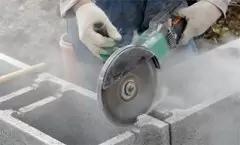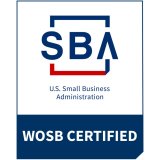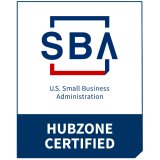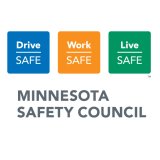OSHA Silica Rule Moves Forward
 The U.S. Court of Appeals recently dismissed legal challenges to OSHA's new standard for silica dust exposure, clearing the way for rules to go into effect. OSHA began enforcing most provisions of the silica standard for construction in September 2017; enforcement for most provisions for general and maritime industries will begin June 23, 2018. Because the new rule lowers the permissible exposure limit, more industries will need to implement controls to reduce silica dust exposures and more workers will wear respirators.
The U.S. Court of Appeals recently dismissed legal challenges to OSHA's new standard for silica dust exposure, clearing the way for rules to go into effect. OSHA began enforcing most provisions of the silica standard for construction in September 2017; enforcement for most provisions for general and maritime industries will begin June 23, 2018. Because the new rule lowers the permissible exposure limit, more industries will need to implement controls to reduce silica dust exposures and more workers will wear respirators.
Crystalline silica is a mineral commonly found in sand, stone, concrete, and mortar. It is also used to make products such as glass, pottery, ceramics, bricks, and artificial stone. Respirable crystalline silica consists of extremely small particles (at least 100 times smaller than ordinary sand) and is often created when cutting, grinding, drilling or crushing rock, concrete, brick, and mortar. These activities can result in worker exposures to respirable crystalline silica dust. Industrial sand used in operations such as foundry work and hydraulic fracturing (fracking) is also a source of respirable crystalline silica exposure.
OSHA estimates that over 2 million people in the U.S. are exposed to silica on the job. Workers who inhale these tiny crystalline silica particles are at increased risk of developing serious silica-related diseases, including:
- Silicosis, an incurable lung disease
- Lung cancer
- Chronic obstructive pulmonary disease
- Kidney disease
To learn more about the new standards and how to control silica in your workplace:
- U.S. Court of Appeals D.C. Circuit, Decision No. 16-1105, 12-27-2017
- OSHA Silica webpage
- NIOSH Silica webpage
- NIOSH Pocket Guide to Hazards: Silica, crystalline (as respirable dust)
(photo source: NIOSH)
| Category: | Respiratory Protection Programs |





